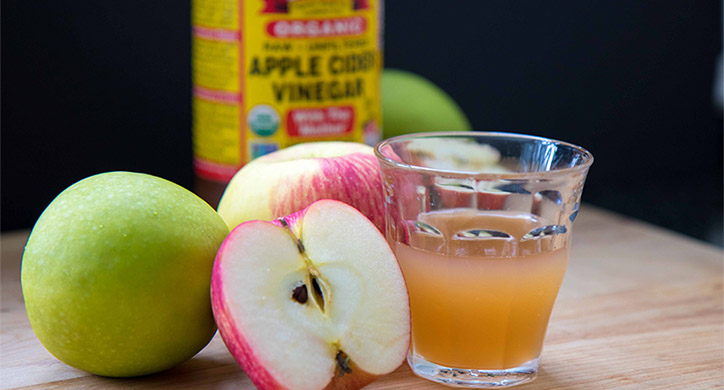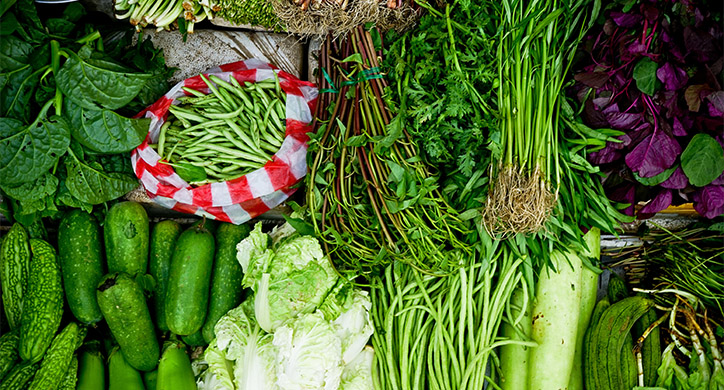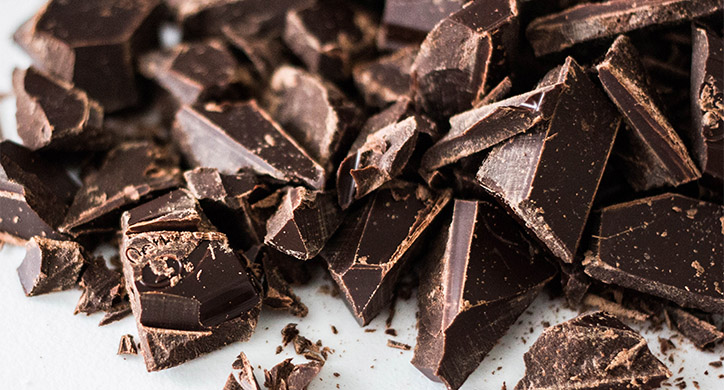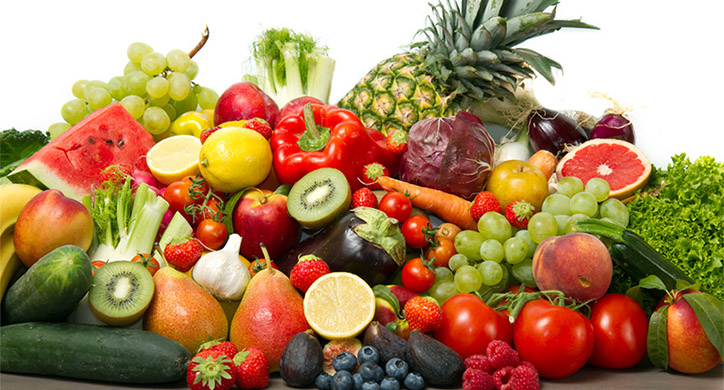On the run? Listen to our post!
With a feeling of uncertainty infiltrating our lives lately, many of us are looking for concrete information to help us make it through this “new normal”. And what is more concrete than science? Because of this, we’re turning to research-backed studies and data to explain the differences between plant and animal proteins.
What we’ve found is that multiple sources of healthy proteins should be a part of our regular and varied diets. Any documentaries or overtly “over-the-top” productions that tell you otherwise, no matter how compelling, likely have an ulterior motive.
Let’s talk basic needs
To understand why protein conversations are so plentiful and ongoing, we must understand how essential protein is in our diets. Proteins are the building blocks of life. Every single cell in our body contains proteins.

The essential function of protein is to provide the body with energy to repair cells and make new ones. Without protein, and the capability to regenerate cells, our immune system weakens, inhibiting us from maintaining our health.
For a relatively active adult, protein should make up about 10% of our total calories, or a ¼ of your daily plate as shown here.
Now, our dietary needs are unique, so the USDA has created an online resource to help calculate their own daily nutrient recommendations.
There are two primary identifiers for what makes proteins higher quality:
- the amino acid profile
- its digestibility, or bioavailability
With this in mind, let’s explore both plant and animal protein sources.
Complete vs. incomplete proteins
Part of what makes plant and animal proteins different is whether or not they are considered “complete” proteins. What makes a protein complete? Its amino acid profile. Harvard School of Public Health explains it best:
“Some proteins found in food are ‘complete’, meaning they contain all twenty-plus types of amino acids needed to make new protein in the body.”
They go on to explain that “incomplete proteins” are lacking one or more of the nine essential amino acids, which our bodies can’t make from scratch. Typically, animal-based foods like meat, poultry, fish, eggs and dairy are great sources of complete protein, providing amino acids that your body simply cannot produce.
Plant-based foods, however, like nuts, seeds, grains, fruits and vegetables, while critical parts of any balanced diet, are not a sufficient choice as a sole protein source, as they lack one or more of the essential amino acids.

Does this mean vegans and vegetarians are not getting the amino acids they need? Not necessarily. They just have to be more strategic in their dietary choices. You can create a complete protein by combining one plant-based food with another that makes up for where the other lacks. For example, you need to combine the amino acids together to make a protein complete.
Take rice and beans for example: separately, they are not considered complete. Beans are missing an amino acid known as methionine; while rice – a grain – is lacking in lysine, another essential amino acid. But, according to the American Society for Nutrition, when consumed together, this would form a “Protein Complementation,” or a complete protein.
Not a fan of good ol’ rice and beans? Try one of my personal favorites: peanut butter and whole wheat bread, which can achieve the same complementation. Here is a chart that shows which amino acids different protein sources contain and, more importantly, what they are deficient in.
What else does meat have that plants don’t?
Nutrients in plant and animal proteins differ outside of just their amino acid composition. While eating fruits, vegetables, legumes, and grains is part of any balanced diet, there are nutrients in animal protein that an all-plant diet just cannot provide in adequate amounts. Take Vitamin B12, for example – this is an essential nutrient that is almost exclusively found in animal foods – fish, meat, and eggs are some of the best options.
Think B12 isn’t that important? Think again. B12 aids in the development of red blood cells and helps to support and maintain nerve and brain function. Some studies have concluded that, without supplementation, vegetarians are at a high risk of B12 deficiency. This can cause weakness, fatigue, psychiatric and neurological disorders, and well as possible links to heart disease.
Vitamin D is another essential nutrient that serves many necessary functions. Also called the sunshine vitamin, it comes in two types – D2 found in plants and D3 count in animal-based foods. The best sources of D3 are fatty fish and egg yolks. Deficiencies in D3 have been linked to increased risk of cancer, heart disease, multiple sclerosis, and most recently, COVID-19.
DHA or Docosahexaenoic (say that ten times fast!) acid, is an essential omega-3 fatty acid that is important for brain function. This is mainly found in fatty fish and certain types of microalgae. However – fear not, vegans! – you can take a supplement of algal oil, derived from microalgae, to ensure you are getting enough! There is always a way to find a balanced diet, if you are open to multiple forms of nutrient and protein consumption.
Other deficiencies include creatine, a molecule found primarily in muscle cells, which allows the body to easily access energy reserves for strength and endurance.
Digestibility and bioavailability
Plant protein and animal protein – though both “proteins” – are registered in the body differently. What do I mean by this? Well, when our body intakes any food, it can last for 36 to 72 hours in our twenty-five foot gastrointestinal tract. During this time, the body is breaking down the protein into building blocks, or as previously discussed, its amino acids. Depending on whether the protein is from animal or plant, that determines the rate at which they can be absorbed and the percentage that is available to be used within the body.
Because plant proteins must link up with another food or supplement that contains its missing amino acids to become complete, they absorb more slowly in the digestive tract. On the other hand, animal proteins are readily available for use at a much faster rate, with a much larger profile.
Why should we care how fast a protein is absorbed? Well, because it directly affects our metabolism. The amino acids that plants are deficient in are commonly known as branched-chain amino acids, or BCAA. Studies have shown that their lack of essential amino acids provides a lower anabolic effect, which means lower digestibility. For these reasons, it’s possible that 20 grams of protein from one source can be superior to the same amount from another source.

Protein bioavailability, or the ability of proteins to be absorbed and used, is formally based on a quality scoring system called PDCAAS and DIAAS. Protein digestibility-corrected amino acid score (PDCAAS) is a system that measures the quality of different sources of protein by analyzing how the human body can digest the total amount of protein. This system was developed in the early ’90s as a way to determine its quality. The digestate indispensable amino acid scoring system (DIAAS) is the newer method proposed by the Food and Agriculture Organization to replace the PDCAAS. The difference between the two is taking into account the anti-nutrients, or nutrients that can limit absorption of amino acids.
According the new DIAAS system, a score of >100 is a high-quality protein, 75-100 is a good-quality protein, and a score of <75 is a low-quality protein. Below is a chart of various animal and plant protein scores based on the new system.

As we can see, the highest quality proteins, providing the best bioavailability are animal proteins, while soy-based proteins are just slightly under the ‘high quality’ threshold. Foods like dairy, eggs, poultry, and meat are the most effective and efficient way to intake protein.
What about vegans and vegetarians?
Fear not: while animal proteins are the highest quality, there are ways for vegetarians and vegans to meet their essential amino acids needs. Eat higher amounts of plant foods, meaning greater portions, and strategically plan meals to ensure full amino acids profiles are met. According to the Kerry Health and Nutrition Institute, soy-based foods seem to have the highest ratings among plant proteins, so seek legumes like edamame, tofu, chenggukjang, and miso to combat potential deficiencies. A recent study from the U.S. Department of Food Science and Nutrition showed links between plant proteins in your diet and healthier markers for heart health and blood sugar management. Remember, a healthy diet is comprised of a balanced diet, including a variety of different foods, all in moderation.
Don’t fall for pretty productions
As a rule of thumb, for all things food-related or otherwise, we should always be wary of over-the-top claims and overtly “scary” statements. By nature, media is polarizing, be that the news, flashy articles, or well-made productions. Without a controversial stance, things simply wouldn’t sell. But we don’t want to be sold! We want the truth, the science! Well, the truth is, things are never as black and white as they are made out to be.
Our optimal diet lies somewhere between an all plant-based protein diet and an animal protein-only diet. There is no yes or no, right or wrong – it is all moderation and variation. While gram-for-gram, animal proteins are the most effective way to meet our nutritional requirements, both sources of protein can be nutritious and should be considered as a tool in your toolbox of healthy eating.



 All vegetables are very important to ensure a balanced diet, but leafy greens especially have the vitamins and minerals needed to help protect us against Covid.
All vegetables are very important to ensure a balanced diet, but leafy greens especially have the vitamins and minerals needed to help protect us against Covid. Fermented foods
Fermented foods













 Alternatively, chronic inflammation, or inflammation that lasts for too long like heart disease, and obesity, can be harmful. Cortisol works the same way! When the levels of your stress hormone do not regulate, and don’t decrease after a stressful event has occurred, they remain too high. And if this happens for too long, it can be damaging and stressful on the body.
Alternatively, chronic inflammation, or inflammation that lasts for too long like heart disease, and obesity, can be harmful. Cortisol works the same way! When the levels of your stress hormone do not regulate, and don’t decrease after a stressful event has occurred, they remain too high. And if this happens for too long, it can be damaging and stressful on the body.


























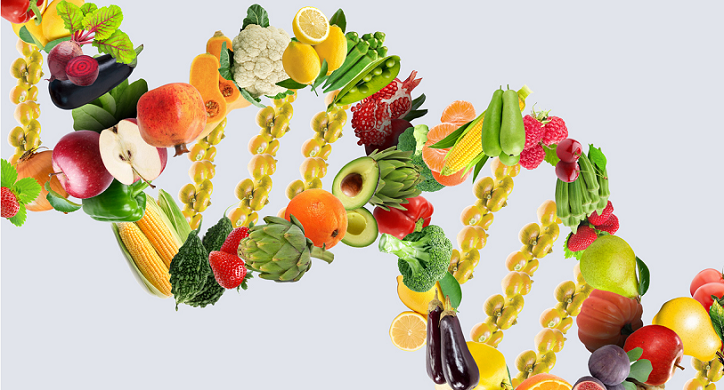
 This was true for my stepmother’s father and uncle who were identical twins – obviously with the same DNA. Both Paul and Uncle Art have/had a gene that made them prone to heart disease. In 1998, they both had open-heart surgery. Afterwards, Paul has continued to take care of himself with diet and exercise. He also has a lot of love in his life with two adoring daughters, grandchildren, and a girlfriend (after his wife passed away). Art, on the other hand, was not quite as zealous about a healthy lifestyle. Uncle Art died in 2010. Meanwhile, Paul is steadily smiling, living, and dating his girlfriend at 101 years old!
This was true for my stepmother’s father and uncle who were identical twins – obviously with the same DNA. Both Paul and Uncle Art have/had a gene that made them prone to heart disease. In 1998, they both had open-heart surgery. Afterwards, Paul has continued to take care of himself with diet and exercise. He also has a lot of love in his life with two adoring daughters, grandchildren, and a girlfriend (after his wife passed away). Art, on the other hand, was not quite as zealous about a healthy lifestyle. Uncle Art died in 2010. Meanwhile, Paul is steadily smiling, living, and dating his girlfriend at 101 years old!




































































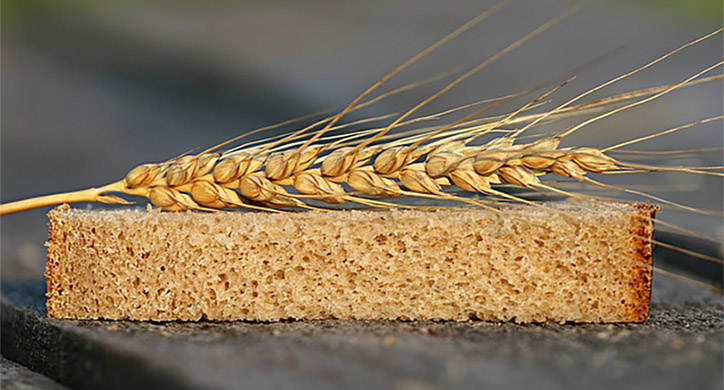


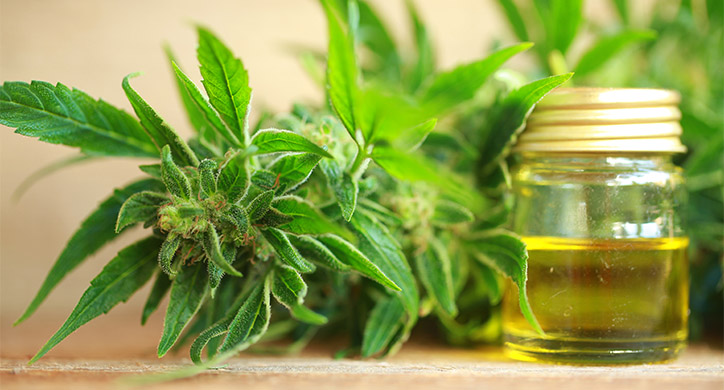









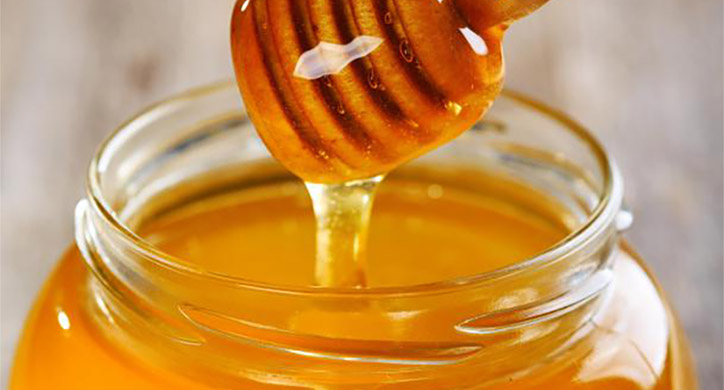




















































































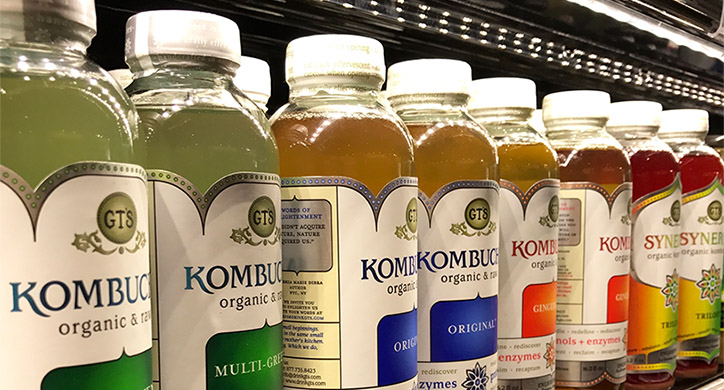









 Today’s milking machines can milk a cow in about 7 minutes. First, the cow’s teats are cleaned with an iodine and water solution, then dried. Then rubber-lined cups are attached to the teats, and milk will flow into the milk tank. The pumping action of the cups imitates a sucking calf so it does not hurt the cow.
Today’s milking machines can milk a cow in about 7 minutes. First, the cow’s teats are cleaned with an iodine and water solution, then dried. Then rubber-lined cups are attached to the teats, and milk will flow into the milk tank. The pumping action of the cups imitates a sucking calf so it does not hurt the cow.











